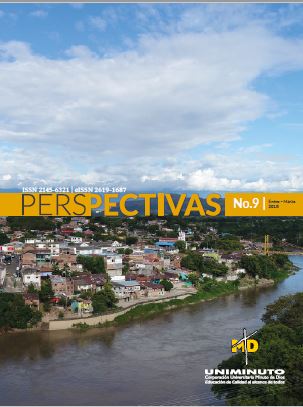Disclosure of the XBRL language by public and control entities in Colombia
Article Sidebar
How to Cite
Article Details
Main Article Content
Abstract
This paper points out the possibilities offered by the appropriation of the xbrl language at a State level by describing different examples of global appropriation. The purpose is to give a detailed account of different aspects related to the presentation of accounting and financial information at a national and international level and its implications in commercial aspects and in the reporting of information to control entities with jurisdiction in this field, in order to exercise the supervision of the reported information. A theoretical-descriptive methodology was implemented, in which the background of different authors was reviewed in order to identify and describe the significant events derived from the impact of using the language reviewed. The results obtained suggest the need for sufficient knowledge about the use of language, the national implementation of international standards, such as ifrs, having the support of the icts for proper implementation according to the Colombian organizational taxonomy, in addition to the commitment they must acquire in terms of their implementation and launching as far as information processing is concerned, and which represent one of the most valuable inputs in each of the companies observed. Overall, the objective is to standardize the production of useful information focused on a wider spectrum of users, customers, investors or stakeholders in general.
References
Alcaldía Bogotá D.C. (13 de julio de 2009). Ley 1314 de 2009. Bogotá.
Carrillo Zambrano, E., Quiroz Arteaga, S., & Suárez Hernández, C. (2005). Desarrollo de una Taxonomía basada en xbrl para el sector comercial colombiano. Revista Comunicación de Datos, 132.
Castillo Rodríguez, J. ¿Cuál es el análisis e impacto en el control interno de las empresas a partir de la implementación del xbrl en Colombia? Bogotá: Universidad Militar Nueva Granada.
Correa Molina, A. (2007). xbrl: Una redefinición de la forma en la que se intercambia la información. Adversia, Revista Virtual de Estudiantes de Contaduría Pública, (2). Recuperado de https:// aprendeenlinea.udea.edu.co/revistas/index. php/adversia/article/view/11304.
De Garate Pérez, L. (2011). xbrl: Más allá de los Estados Financieros. Revista de Contaduría Pública. Monterrey, México. Recuperado de http://contaduriapublica.org.mx/xbrl-mas-alla-de-losdatos-financieros/.
Jara Avendaño, S., & Soto Arriagada, M. (2009). Aplicación del lenguaje extensible de informes de negocios xbrl en Chile [Tesis de grado]. Universidad del BíoBío, Chillan, Chile.
Legis Comunidad Contable. (7 de enero de 2014). Legis Comunidad Contable. Recuperado de http:// comunidadcontable.com.
Madrid Ortega, A., Cortés Murcia, J., & Cardona Martínez, D. (2016). xbrl, ¿una realidad en Colombia? (Trabajo de grado). Universidad de Antioquia, Medellín.
Ramírez, M., Herrera Camargo, C., & Sepulveda Cuervo, M. (2015). Lenguaje de los negocios: xbrl en España como referente para el manejo de la información contable y financiera en Colombia. Investigium Ire, 18.
Romero Laiton, C. (2014). Revisión de la implementación del xbrl en Colombia a partir de algunas experiencias internacionales: una mini revisión de literatura. Bogotá. Recuperado de http://hdl.handle. net/10554/15486.
Unesco. (2001). Las nuevas tecnologías de la información y la comunicación en el desarrollo de la educación, la ciencia y la cultura. París: cedex 15.

